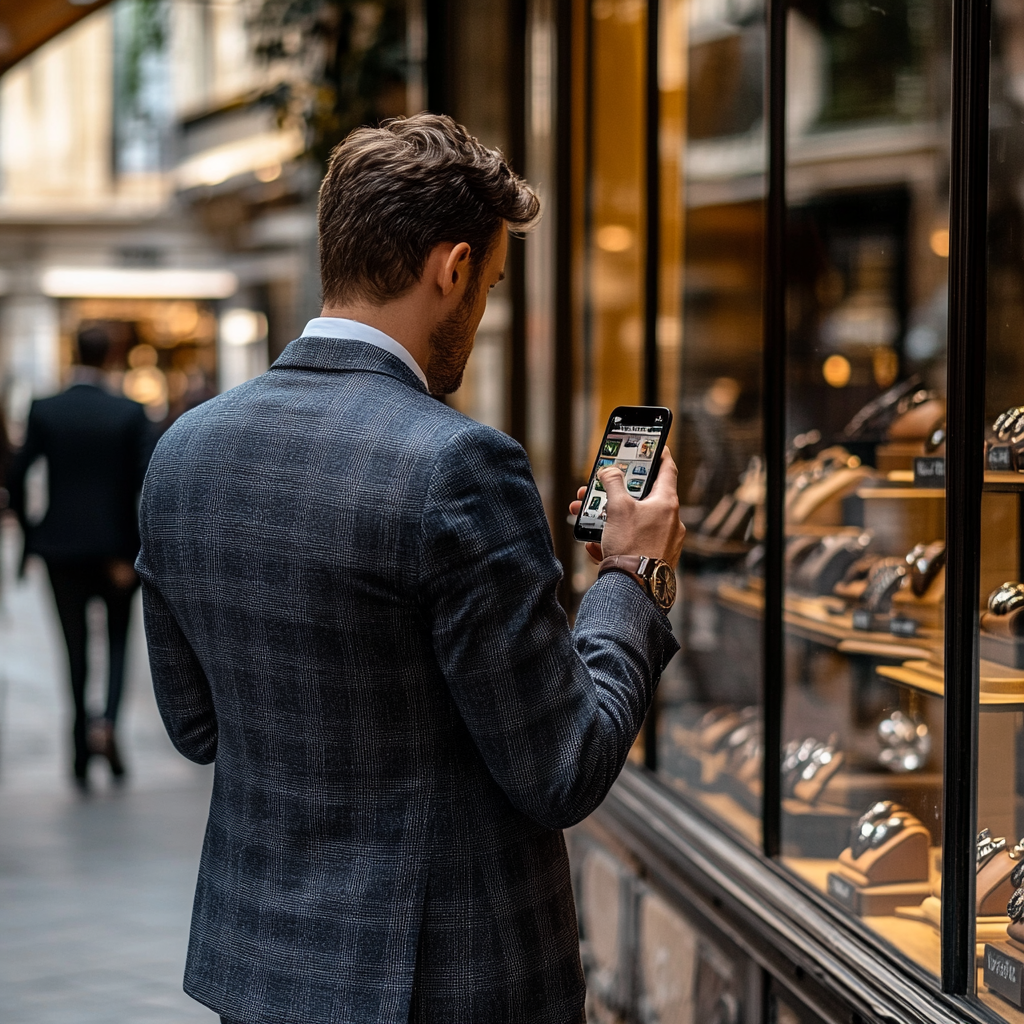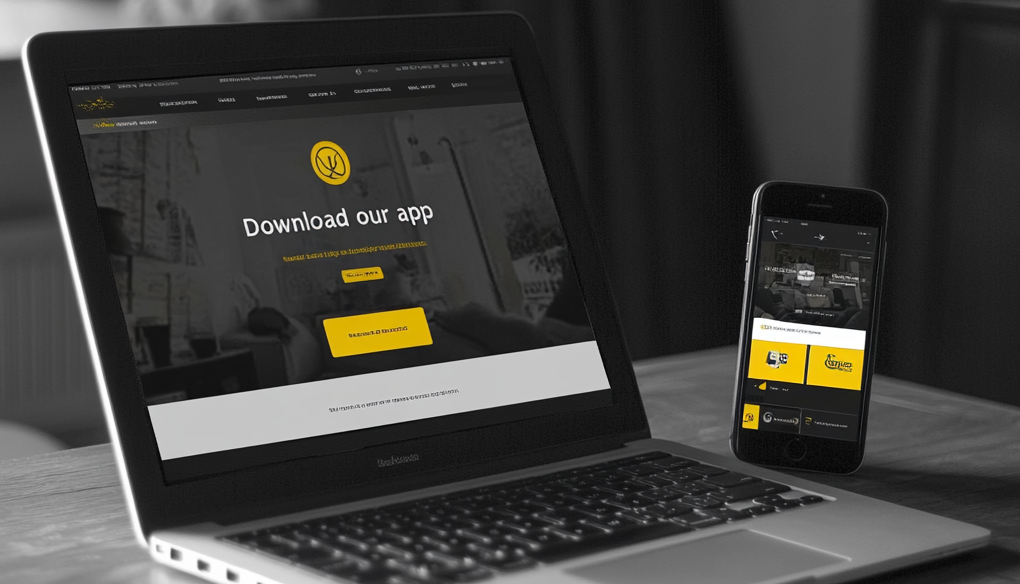It’s the biggest sales day and it’s around the corner. Call it Singles Day or Black Friday – both days signifies a large sales spike for e-commerce companies and enormous offerings for the customers. The scale of these events is so large, that last year Alibaba clocked $74.1 billion and Amazon $10.4 billion in sales.
What does it take to create such a large-scale, successful event?
Planning, planning and planning. These events are so huge that companies start preparing for them almost 8-10 months in advance. They have dedicated project management teams that work across all functions and project manage the entire event – right from the conceptualisation, merchandise planning and the execution of a rock concert. Yes, a rock concert! Alibaba hosts a gala event on Singles Day where the likes of Katy Perry and Taylor Swift have performed in the past.
Is it necessary to burn profits to generate sales peaks?
There is such a high surge in online traffic, almost to the tune of 10x the normal days. Most of the customers are online looking to buy something. It is a great opportunity for all large, small, and new brands to showcase their products and acquire customers. It’s not necessarily discounts and deals that create a success story. There are multiple other levers available to write a Black Friday success story. I will briefly explain some of them in the below section.
Nine available levers to succeed on Black Friday
1. High decibels build-up
This is one of the most underutilised levers to get traffic on the website. There is already so much euphoria surrounding the day and consumers at large expect and wait for the day to conclude their shopping. The trick is to start early and inform your customers well in advance about your participation in the event through digital advertising and creative platform engagement programs.
“Build euphoria around your brand or platform and announce your plans well in advance.”
Launch creative platform engagement programs in advance and increase the visibility of your brand or platform as you near the day. Engagement programs should be intriguing enough to create high curiosity among the customers so that they keep visiting the platform until the P-day (Black Friday = Peak day). The program’s objective should be to excite the visitors and to build a customer database that can be leveraged to push marketing campaigns. Release a sneak peek of what’s to come to keep the consumers’ interest levels high. Create a festival-like feel!
2. Availability is the key to success
You can get traffic on P-day, but a high bounce rate can make it a high-cost affair. Merchandise availability is a make or break. As they say: “Right merchandise at the right place and at the right time” is the key to success in retail and e-commerce. If you add another “right” to this – “right depth” – you can be the winner.
Chances are that many stores will run out of “my” size in that white shirt or the black sweater. Keep a hawk-eye on the inventory availability in NOS (never out of stock) or KVIs (Key-Value Items). Demanding planning at SKU (Stock Keeping Unit) level and taking bigger bets on advertised SKUs can make it happen. It’s easier said than done, but the only option is to plan well and ahead of time. Considering the production timelines of various product categories, one should start 8-10 months in advance to build up the inventory for the P-day. There is a huge opportunity for smaller players/brands, as the spillover or dissatisfied traffic from the large platforms will visit you in search of the right product and size. You can leverage this position by ensuring the right amount of availability.
3. Exclusive launches
It’s a big day, so make it special for your customers. Make P-day stand out from the normal days by launching online exclusive products. “Available only online and for today” is a great way to differentiate the offering and excite the customers. It is especially very important for offline retailers who are trying to build their online D2C platform. Online exclusive products also provide an opportunity to earn a higher margin as they are not available anywhere else – be it online marketplaces or offline stores which makes price comparison defunct. Exclusive launches are also great traffic pullers because of the novelty factor. Since they drive traffic to the platform, their production cost can be amortised to the marketing expense to make these viable.
4. Try new and innovative products
Capture the customers’ imagination! This is the time to showcase the brand’s strength and what it stands for. The website will be getting all sorts of visitors, including future customers and brand spokespersons. It is an opportunity to showcase newer and experimental products to establish uniqueness or to establish a brand leadership position in the category. It is also a good day to A/B test new categories and measure their level of acceptance. These categories can become future growth engines for the brand or the platform.
“It is an opportunity to showcase newer and experimental products to establish uniqueness, or to establish a brand leadership position in the category.”
5. Engage your visitor
Engaging your customers on P-day can be very rewarding, as an engaged customer spends more time on the platform and thus reduces the bounce rate. In my experience, highly engaged customers do not rank product pricing as one of the topmost factors in decision-making. These customers also tend to have a larger basket size compared to the deal hunters. Additionally, these customers browse through the products to a greater extent, which leads to higher catalogue exploration and thus a better conversion rate.
‘Gamification’ on the platform is also an excellent tool to engage customers and increase conversions. Insert quizzes, treasure hunts, spin the wheel etc to engage customers on the platform.
6. A stable shopping experience
One of the top reasons for customers dropping off the platform during high traffic days is platform instability. Page load time, whether it’s the PLP (Product Listing Page) or PDP (Product Detail Page) – cart and payment gateway failures are some of the most common issues which occur with an increase in traffic.
“Assess the impact of the increased traffic volumes well ahead of time and add all necessary hardware so that the website doesn’t crash and causes a poor user experience.”
Assess the impact of the increased traffic volumes well ahead of time and add all necessary hardware so that the website doesn’t crash and causes a poor user experience. Load testing with bots can be done to assess website stability and measure KPIs performance.
7. Commit and deliver
It’s only one day, and every platform – whether it’s D2C, B2C or a Marketplace – wants a piece of the pie. Order volumes from the whole ecosystem jump multi-fold and put huge pressure on the supply chain. Most e-commerce players rely on third-party supply chain partners, and they tend to run into capacity constraints. And, it’s not only the partners but also their own warehouses that run into capacity constraints.
Considering that supply chain capacity is limited, chances are that most platforms will experience delays in order deliveries. You can be the winner if you commit and deliver on time. Delight your customer with timely delivery and you can retain him/her for a lifetime. The key is to identify the need and block capacity with the partners. Also, look at gig workers for your warehouses as they also need to be beefed up for order processing.
8. Leverage marketplaces
Marketplaces are great platforms for reaching out to a larger audience and publicising the brand. Have your marketplace strategy in place and set very clear objectives for it. If played out well, a brand can generate higher ROI at a lower spend. Listing on marketplaces can boost both brand awareness as well as brand reach.
“Marketplaces are a great avenue for advertising as well; they generally have a lot of programs for the brands.”
Marketplaces are a great avenue for advertising as well; they generally have a lot of programs for the brands. However, it is very important to have a clear differentiation between the marketplaces and your website.
9. Influencer marketing
Digital marketing is becoming very expensive, and it is more costly around the P-day. Influencer marketing is emerging as a very effective key channel for the P-day. It imparts a lot of credibility to the brand/products and can be the differentiator.
_____
Hopefully, these tips have been helpful. If you have any questions or would like to discuss anything further, please send me an email at suminder.pal.singh@curamando.com.
Want more Black Friday tips? Magdalena Linquist’s has written part two of the blog series, which focuses on how to create a successful marketing campaign for Black Friday without offering lower prices. Read it here.





